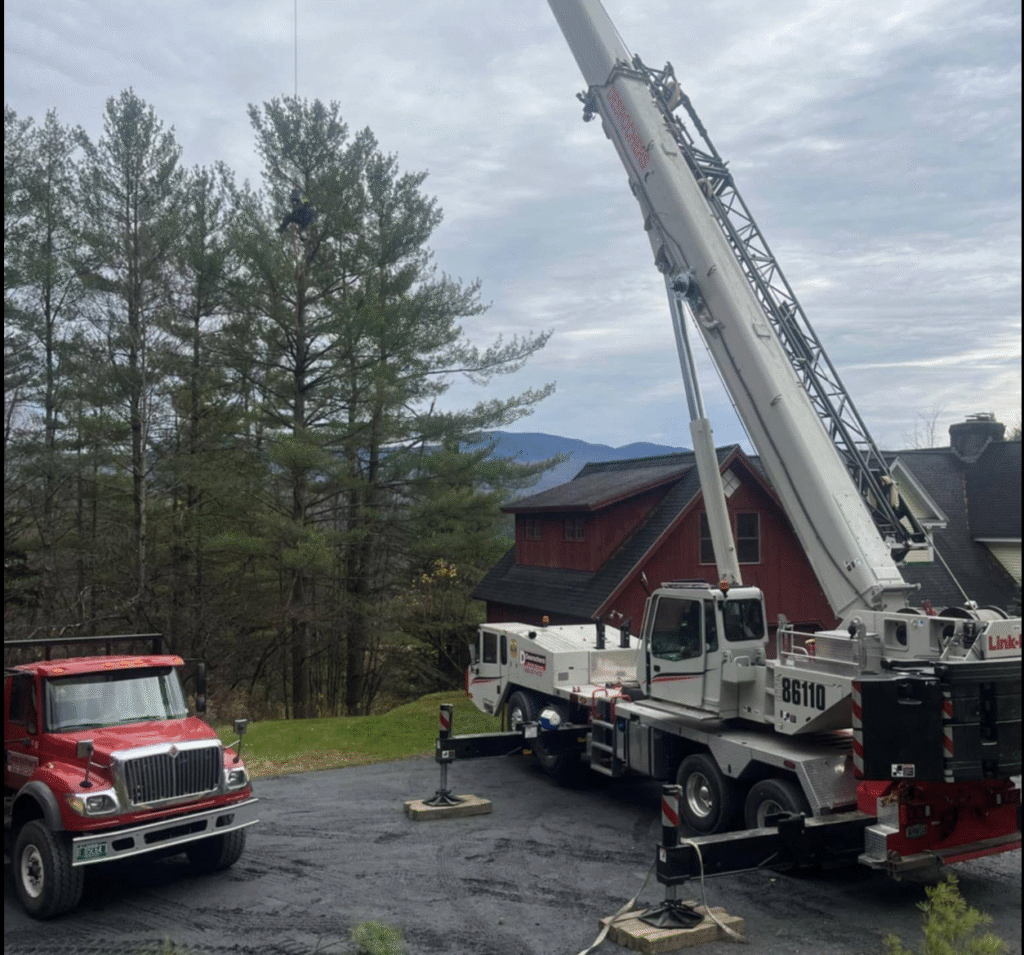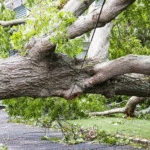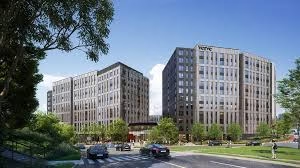Burlington requires permits for removing certain trees on private property. You need approval for any tree over 10 inches in diameter measured at chest height. The city protects these larger trees to maintain the urban canopy. Exceptions exist for dead, diseased, or hazardous trees that pose immediate safety risks.
In this article, we’ll walk through the key tree removal rules that every Burlington homeowner should know.
When You Need a Tree Removal Permit
Cutting trees without permits can lead to fines and penalties. It’s important to know when a permit is needed.
Trees Over 10 Inches in Diameter
Any tree measuring more than 10 inches around at chest height (4.5 feet above ground) needs a permit before removal. This measurement is called diameter at breast height or DBH.
Most mature maples, oaks, and birches on Burlington properties fall into this category. The city reviews these applications to balance property owner rights with environmental goals.
A local tree service in Burlington can measure your tree and help determine if you need approval.
What If I Remove A Tree without Permit?
You may have to pay fines ranging from $500 to $2,000 per tree removed illegally. Burlington can also require you to plant replacement trees at your own expense. The city tracks violations through neighbor reports and routine inspections. Repeat offenders face increased penalties and possible legal action from the planning department.
Heritage and Landmark Trees
The city maintains a registry of historically significant trees. These specimens receive special protection due to their age, size, or cultural importance.
Removing a heritage tree requires approval from both the planning department and tree board. The process takes longer than standard permits. Burlington residents can view the heritage tree list on the city’s planning and zoning website.
Which Trees Are Considered Landmark Trees?
Trees that are very old or unusually large can become official landmarks in Burlington. The city protects trees connected to local history or important community events. Large sugar maples over 30 inches around often get this special status. You can check if your tree is on the heritage list at city hall.
Trees Within Protected Areas
Burlington designates certain zones where tree protection rules are stricter. These areas include shoreline properties near Lake Champlain and conservation districts.
Trees in these locations may require permits regardless of size. The planning department reviews applications more carefully in protected zones. You should check their zoning designation before planning any tree work.
When Can You Remove A Tree Without A Permit?
Some situations allow immediate tree service without going through the permit process. These exceptions focus on safety and tree health.
- Dead trees with no living tissue remaining
- Trees with active disease spreading to other plants
- Storm-damaged trees blocking roads or driveways
- Trees under 10 inches diameter at breast height
- Hazardous trees threatening structures or power lines
- Invasive species like buckthorn or Norway maple
How to Apply for a Permit
The application process takes about two to four weeks from submission to approval. Burlington requires both documentation and sometimes a site visit.
- Complete the tree removal application form online
- Submit photos showing the tree and surrounding area
- Pay the application fee (typically $50-$100)
- Provide measurements and reasons for removal request
- Wait for city arborist to review submission
- Schedule site inspection if requested by department
- Receive approval or denial within 30 days
- Follow all conditions listed in permit approval






